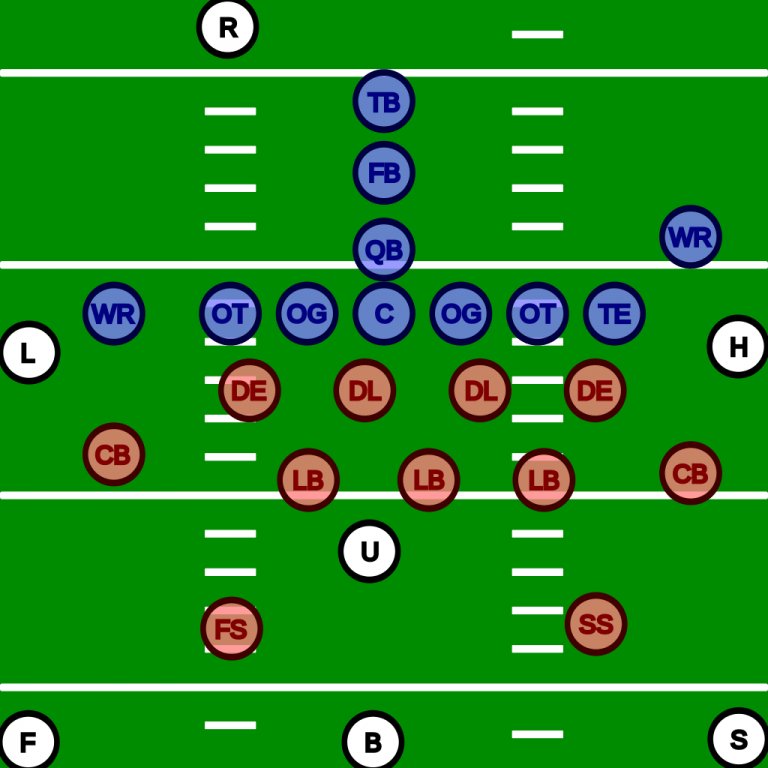Football positions are at the heart of every successful game, shaping how young players learn and play the sport. Each role on the pitch, from goalkeeper to forward, is essential for creating a cohesive team dynamic, especially in youth soccer settings. Understanding football roles is not merely about where to stand; it’s a journey into teamwork, strategy, and skill development for kids. This guide will delve into football positioning for kids, ensuring that coaches and young players alike grasp the key responsibilities involved in each position. By teaching football positions effectively, we can ignite a passion in young players that will last a lifetime.
In the realm of soccer, the concept of player roles is pivotal for developing skills and fostering teamwork among young athletes. Familiarizing kids with different positional responsibilities not only aids in enhancing their game understanding but also cultivates a sense of camaraderie and strategic awareness. This introductory guide to understanding soccer roles will explore basic soccer positions, equipping coaches and parents with the tools they need to effectively teach these essential concepts. As we navigate through the various positions on the field, from defensive players to offensive strikers, we’ll uncover effective methods for teaching football roles that inspire and engage budding players. Join us as we embark on an informative journey into the world of youth soccer positioning.
Exploring Youth Soccer Positions for Young Players
Youth soccer positions play a pivotal role in shaping how young players understand the game. Each position, whether it is a goalkeeper, defender, midfielder, or forward, offers unique responsibilities that contribute to the overall teamwork and effectiveness on the field. For instance, the goalkeeper stands as the last line of defense, crucially protecting the net while initiating play through accurate ball distribution. On the other hand, every defender needs to read the game in real-time, preparing to thwart attacks while also supporting their teammates during counterattacks. Understanding these roles helps players develop not just individual skills, but also an appreciation for the collective effort that makes a winning team.
As youth players familiarize themselves with soccer positions, the concept of rotational play becomes vital in their development. By allowing players to experience multiple roles throughout training, they gain a holistic view of the game, which can significantly enhance their tactical awareness. Coaches that implement this strategy encourage players to step into a defender’s shoes one day and a forward’s the next, broadening their understanding of positional play. This exposure helps them realize the importance of every role, as well as the necessity for collaboration and communication, which are essential components of youthful soccer education.
Understanding Football Roles: Key Concepts for Coaches
For coaches, understanding football roles is crucial in effectively teaching young players about positional responsibilities. Each position, including midfielders who balance between defense and attack, requires specific skills and tactical knowledge. By implementing training sessions that focus on these distinct roles, coaches create a more structured environment where players can thrive. Utilizing fun activities like small-sided games not only keeps players engaged but also emphasizes the application of each role within the context of team play, reinforcing the importance of each player’s contribution to the overall game.
In addition to practical training, effective visualization techniques can enhance young players’ understanding of football roles. Using diagrams or cones to mark player positions during drills can help athletes visualize their responsibilities during game play. When players see how their position interacts with others on the field, they gain a deeper appreciation for teamwork and spatial awareness. This comprehensive teaching approach not only prepares them for future competitive play but ingrains valuable life skills such as cooperation, understanding, and adaptability—key elements that transcend the football field.
Frequently Asked Questions
What are the basic youth soccer positions and their roles?
In youth soccer, understanding football positions is essential for developing young players. The basic positions include: 1) **Goalkeeper** – the last line of defense, who uses hands to block shots; 2) **Defenders** – protect the goal from attackers, with central defenders blocking and fullbacks supporting both defense and attack; 3) **Midfielders** – vital link between defense and attack, contributing to both ball possession and scoring opportunities; 4) **Forwards** – primarily focus on scoring goals while also playing a part in the team’s defensive strategy. Mastering these youth soccer positions enhances team dynamics and player development.
How can coaches effectively teach football positioning for kids?
To teach football positioning for kids effectively, coaches should implement age-appropriate strategies. Start with **rotational play**, allowing players to experience different roles on the pitch. Use **visual aids** like cones and diagrams to illustrate formations and responsibilities, enhancing comprehension. Encourage participation in **small-sided games**, which foster positional awareness and adaptability. Fun drills, such as positional relays, reinforce the concepts of movement and spacing. By engaging young players in these methods, coaches can nurture a solid understanding of football positions and enhance their overall enjoyment of the game.
| Position | Role | Key Responsibilities |
|---|---|---|
| Goalkeeper | Last line of defense | Use hands, initiate counterattacks, communicate effectively. |
| Defenders | Protect the goal and support attacks | Block attackers, clear danger, assist in offense. |
| Midfielders | Link between defense and attack | Maintain possession, distribute passes, track back for defense. |
| Forwards | Focus on scoring goals | Create scoring opportunities, apply defensive pressure. |
Summary
Football positions are the building blocks of understanding the game, especially for young players. Learning these roles not only enhances their skills but also enriches their teamwork and strategic thinking on the pitch. From goalkeepers, who skillfully manage the defense, to forwards, who are focused on striking goals, each position plays a vital role in the overall strategy of the game. By fostering a solid understanding of these football positions, coaches can inspire a deeper appreciation for the sport and nurture the next generation of footballers ready to excel both individually and as part of a team.
